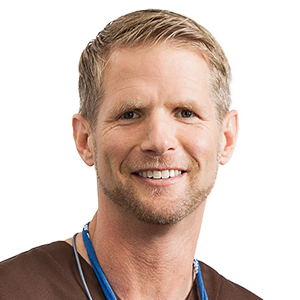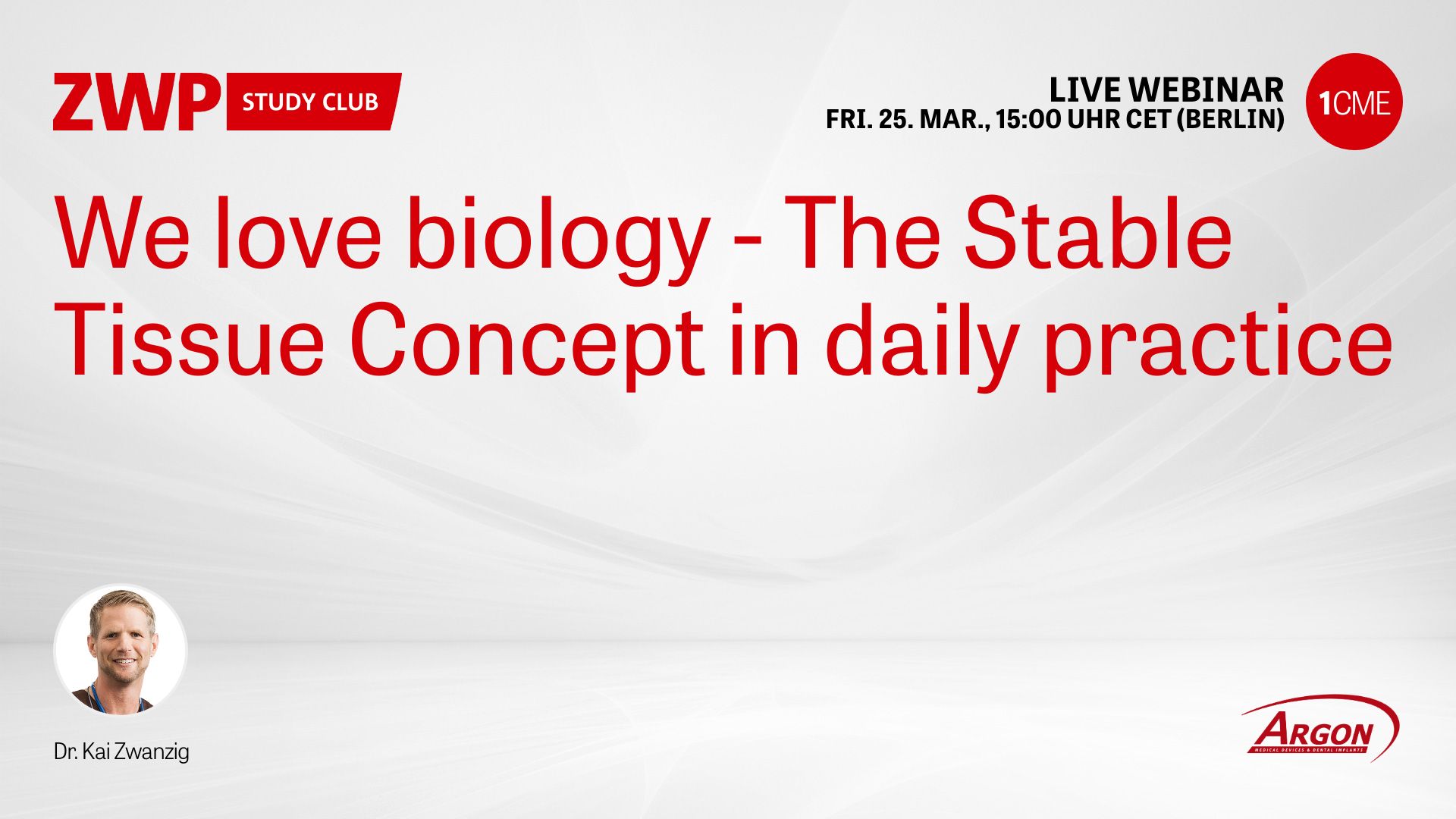
Dr. Kai Zwanzig
info@praxis-zwanzig.de
- Studium der Zahnmedizin 1997-2002 an der westfälischen Wilhelmsuniversität in Münster
- Promotion 2002
- Allgemeinzahnärztliches Jahr und Ausbildung zum Fachzahnarzt für Oralchirurgie
- Spezialisierung in den Bereichen Implantologie, Knochenaufbauverfahren, ästhetische Versorgungen, plastische Parodontalchirurgie, Funktionsdiagnostik und vollkeramischer Zahnersatz (CAD/CAM-Verfahren, intraoral Scanning)
- seit 2007 niedergelassen in Bielefeld
- Autor fachzahnärztlicher Artikel zum Thema Implantologie, komplexe vollkeramische Rehabilitation und Knochenaufbauverfahren
- Fortbildungsreferent der Firma Argon Dental, Camlog, American Dental Systems, Align und BTI mit Vorträgen im In- und Ausland
- 2012 Neubau der Praxis Dr. Kai Zwanzig und Auszeichnung mit Designpreis
- Mitglied der Leading Implant Centers
- Hospitations- und Supervisionspraxis der DGI
- Mitglied in der DGZMK, BDO, DGI, DGParo
- 2018 Gründung der Dental Education Academy Bielefeld
